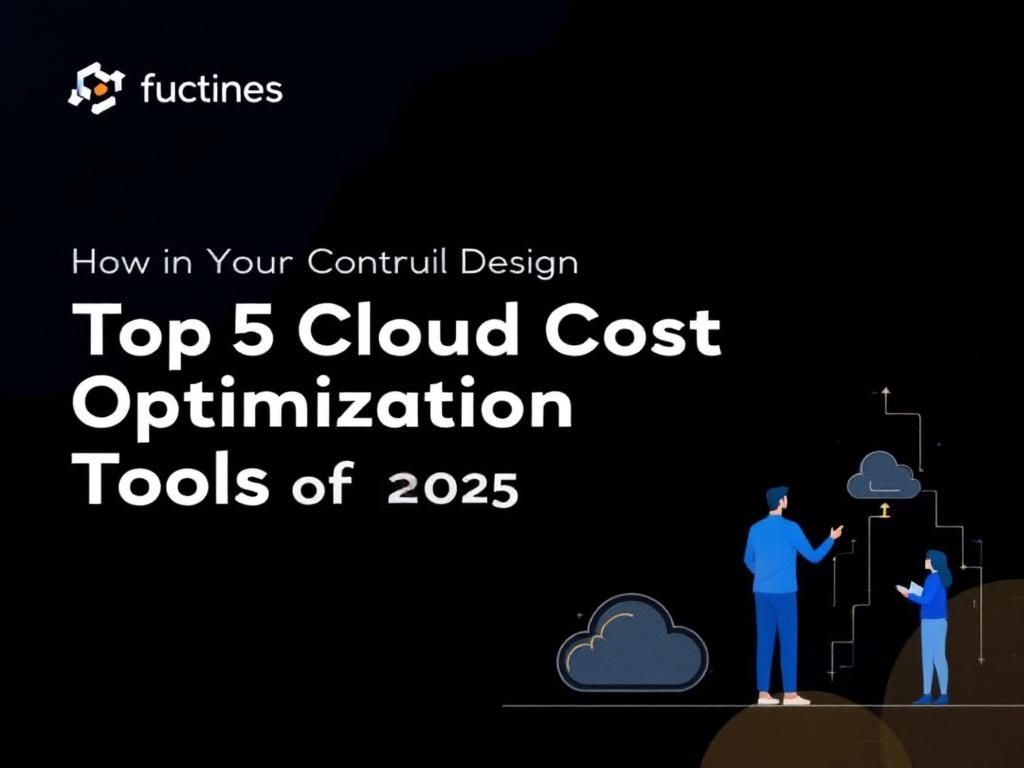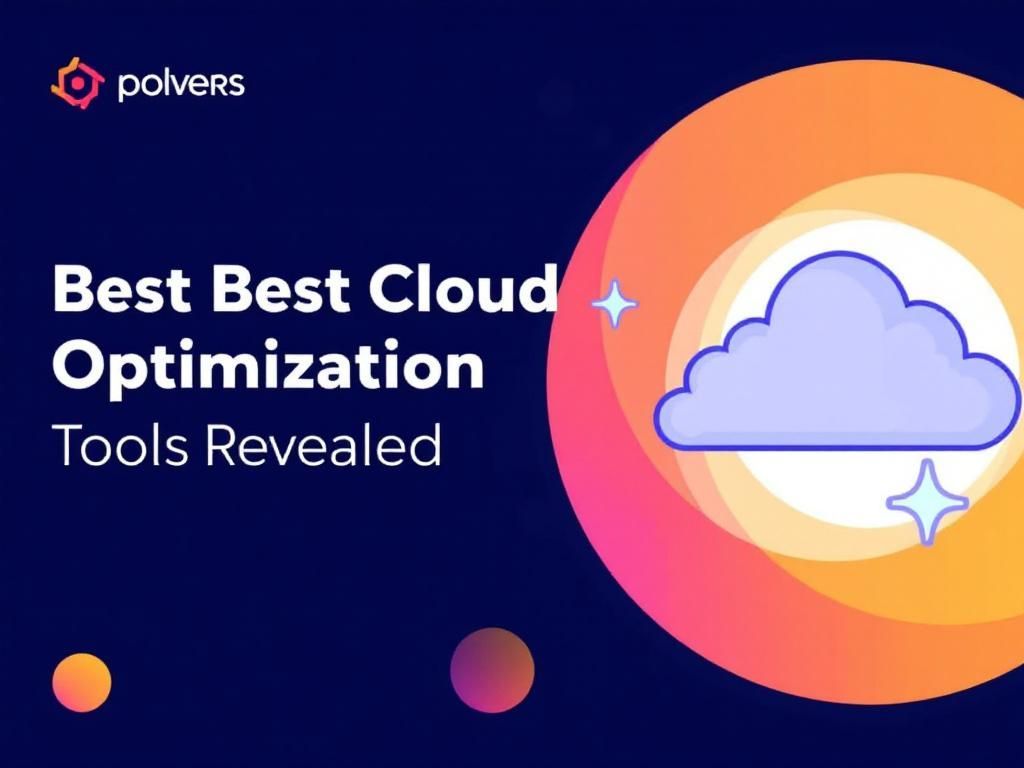Optimize Your Cloud Costs with These Essential Tools
Discover the must-have tools to effectively optimize your cloud costs and maximize your budget efficiency in this informative guide.

In an era where businesses are increasingly migrating to the cloud, cost efficiency has become a critical focus for both startups and established enterprises. The flexibility and scalability of cloud computing come with their own set of financial challenges, making effective cost management tools essential. This article explores various tools and strategies that can help organizations optimize their cloud costs, ensuring that resources are utilized efficiently without sacrificing performance.
Table of Contents
Understanding Cloud Cost Management
Effective cloud cost management involves monitoring, analyzing, and controlling cloud expenditure. The following are key components of a solid cloud cost management strategy:
- Visibility: Gaining insights into cloud usage and spending.
- Optimization: Identifying unused or underutilized resources.
- Budgeting and Forecasting: Predicting future costs based on usage trends.
- Policy Management: Establishing rules for resource allocation and spending.
Essential Tools for Cloud Cost Optimization
1. CloudHealth by VMware
CloudHealth by VMware is a comprehensive cloud management platform that provides in-depth visibility into cloud usage and costs. Key features include:
- Cost Reporting: Detailed reports on spending trends and forecasts.
- Resource Optimization: Recommendations for rightsizing instances.
- Budget Management: Setting budgets and alerts for spending limits.
2. CloudCheckr
CloudCheckr offers a suite of tools for managing and optimizing cloud costs, security, and compliance. This platform is well-suited for organizations using multiple cloud providers.
- Cost Allocation: Tagging resources for better visibility.
- Automation: Automated recommendations for savings.
- Security Audits: Assessing compliance and security posture.
3. Spot.io
Spot.io focuses on helping businesses optimize their cloud infrastructure costs through intelligent automation of workloads. It is particularly effective for managing instances in AWS, Azure, and GCP.
- Spot Instances: Leveraging unused capacity for significant savings.
- Predictive Scaling: Automatically scaling resources based on demand.
- Workload Management: Moving workloads to the most cost-effective resources.
4. Google Cloud Platform (GCP) Cost Management Tools
Google Cloud offers built-in tools that help users manage their cloud costs effectively. Some notable features include:
| Tool | Description |
|---|---|
| Cloud Billing Reports | Visualize and analyze spending patterns over time. |
| Budgets and Alerts | Set up custom budgets and get alerts on spending. |
| BigQuery Cost Control | Analyze costs on a granular level with SQL queries. |
5. AWS Cost Explorer
AWS Cost Explorer is a powerful tool for visualizing and understanding your AWS spending. It offers:
- Custom Reports: Create tailored reports to analyze costs over time.
- Forecasting: Predict future costs based on historical data.
- Resource Utilization Insights: Identify underutilized resources for potential savings.
Strategies for Cost Optimization
Aside from employing the right tools, implementing effective strategies is paramount for cloud cost optimization. Here are some best practices:
1. Rightsizing Instances
Analyze current resource usage and adjust instance types and sizes accordingly. This ensures that you are not over-provisioning and paying for unnecessary capacity.
2. Implementing Autoscaling
Utilize autoscaling features that automatically adjust resources based on workload demand, preventing over-provisioning during low demand periods.
3. Utilizing Reserved Instances and Savings Plans
Consider purchasing reserved instances or committing to savings plans that provide discounts for long-term commitments, particularly for predictable workloads.
4. Regular Audits and Reviews
Conduct periodic audits to identify and eliminate unused or underutilized resources. This proactive approach helps maintain cost control.
Conclusion
Optimizing cloud costs is a multifaceted endeavor that requires the right tools, strategies, and continual oversight. By utilizing the tools and practices discussed in this article, organizations can achieve significant savings while ensuring that their cloud infrastructure remains robust and efficient. Investing time in understanding cloud cost management will not only enhance financial performance but also facilitate long-term growth in a digital-first world.
FAQ
What are cloud cost optimization tools?
Cloud cost optimization tools are software solutions designed to help businesses monitor, analyze, and manage their cloud spending to ensure they are getting the best value from their cloud services.
How can I reduce my cloud costs effectively?
To reduce cloud costs effectively, you can implement strategies such as rightsizing resources, utilizing reserved instances, automating resource management, and regularly reviewing your cloud usage.
What features should I look for in a cloud cost management tool?
Key features to look for in a cloud cost management tool include detailed cost reporting, budget tracking, resource optimization recommendations, and integration capabilities with existing cloud services.
Are there free tools for cloud cost optimization?
Yes, there are several free tools available for cloud cost optimization, including built-in cloud provider tools and open-source solutions that can help you analyze and manage your cloud expenditures.
How often should I review my cloud spending?
It’s recommended to review your cloud spending at least monthly to identify any unnecessary expenses and adjust your resources accordingly, ensuring optimal cost efficiency.
Can cloud cost optimization tools help with budgeting?
Yes, cloud cost optimization tools can assist with budgeting by providing insights into spending patterns, setting budget thresholds, and sending alerts when costs exceed predetermined limits.








